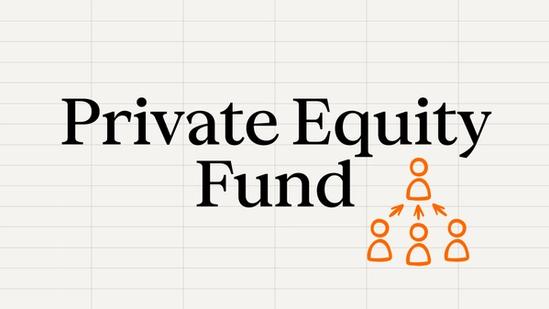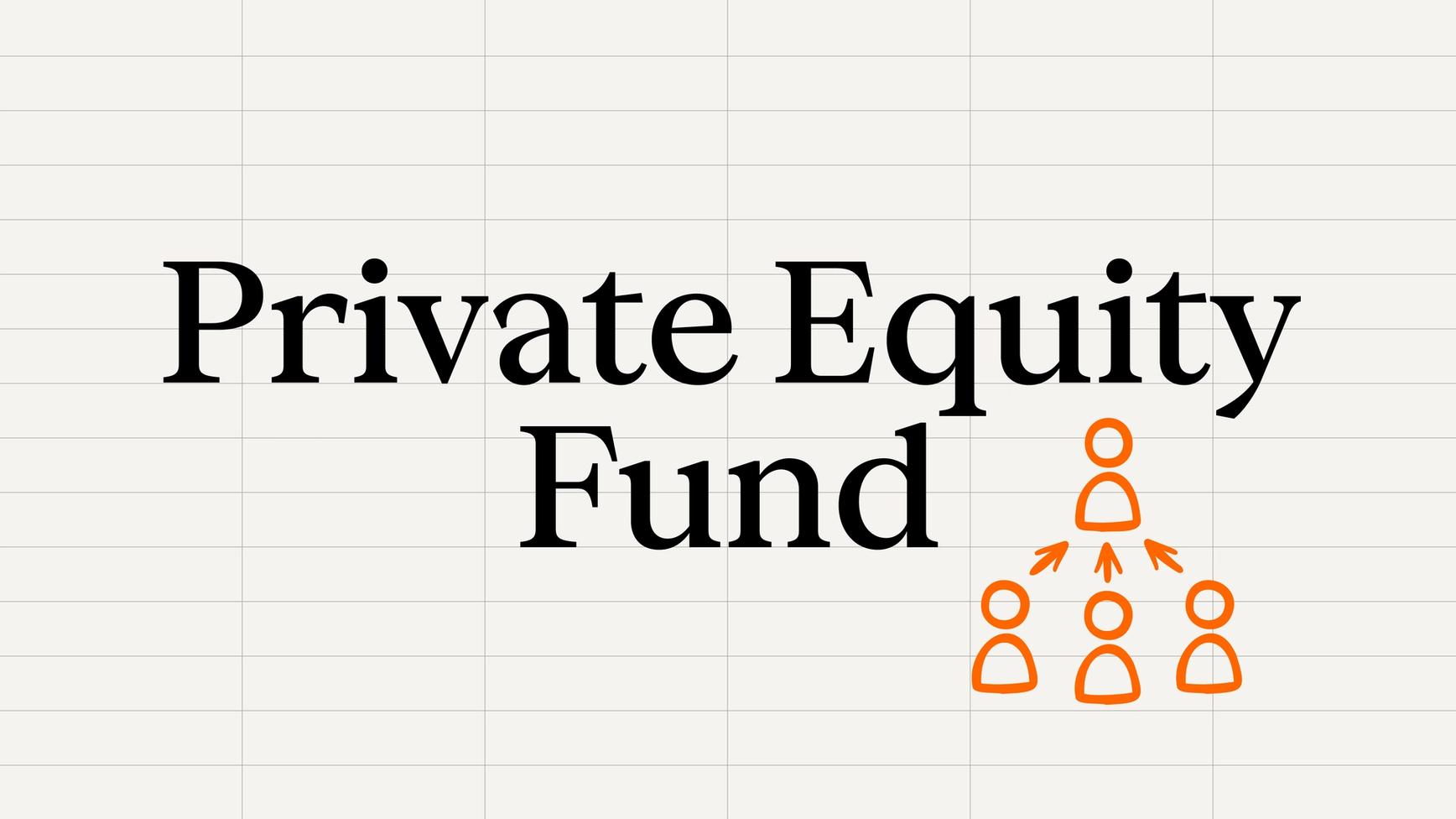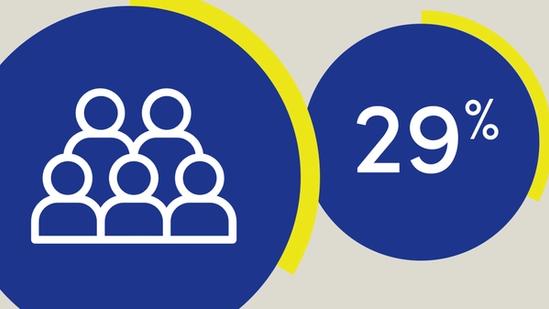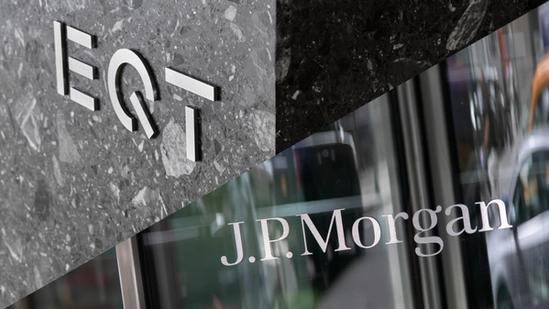How Can Individual Investors Access Private Markets?
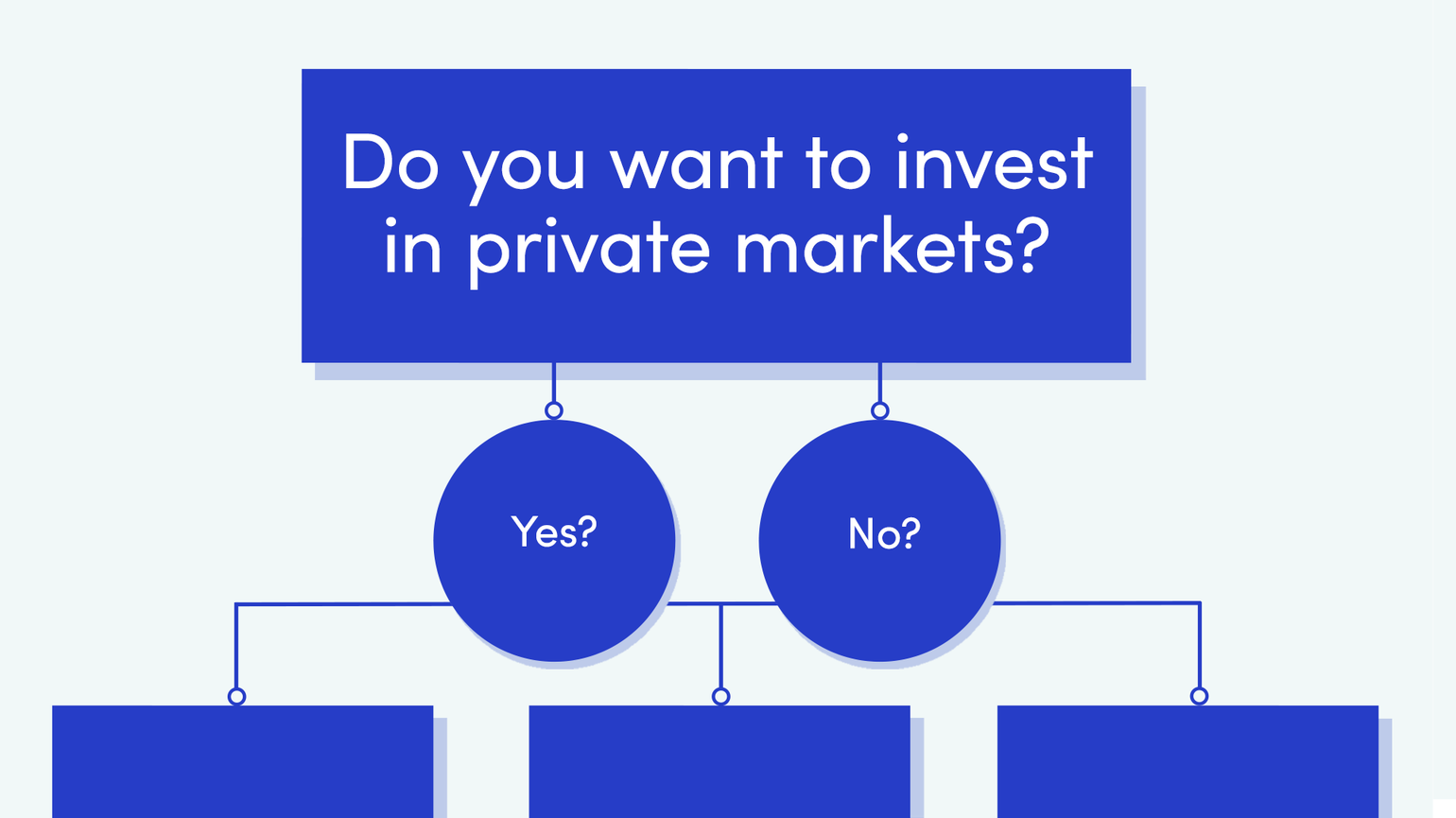

Private equity is becoming increasingly accessible, with opportunities for eligible individuals to increase their exposure to private markets through direct and indirect investments.
- Individuals can get around high investment minimums and gain exposure to private equity (PE) directly through online platforms operating feeder funds.
Traditionally, private equity (PE) investment structures have been tailored to large institutional investors, and individual investors have struggled to access private markets.
As a result, the average individual investor is unlikely to have allocated any of their portfolio to PE, even though it offers opportunities for diversification benefits and potential return depending upon market conditions.
In fact, while individual investors hold roughly half of all global wealth, they account for just 16 percent of private capital assets under management. In recent years, PE firms have been looking to tap into this source of funding with investment products specifically designed to be more accessible.
Direct exposure to private markets
Institutional investors such as pension funds becoming a Limited Partner (LP) of a PE fund is the most well-known way to gain direct access. However, some PE firms now offer direct access for eligible individual investors and investment opportunities similar to those available to institutional investors. Blackstone has partnered with Wellington and Vanguard to expand access to private market exposure historically only available for institutional investors, while EQT recently launched EQT Nexus, enabling access to its diverse range of investment strategies through a single investment.
These vehicles are designed to be accessible to a broader range of eligible investors, and so investment minimums are often much lower compared to what institutional investors pay.
Also available are feeder funds that pool capital from individual investors into a master fund which invests the capital in PE assets.

These investment vehicles have typically been operated by private wealth divisions of investment banks, but there are now platforms like Moonfare and iCapital. Online platforms can also conduct due diligence on fund managers and operations and help streamline the investment process
Regulatory shifts in the United States and Europe are changing the landscape of private market accessibility and driving the evolution of the PE ecosystem.
For example, the 2024 update to European Long-Term Investment Funds (ELTIF) when minimum investment thresholds for retail investors were removed. ELTIFs make long-term investments into private assets and are typically structured as closed-end funds with a pre-defined maturity date, allowing investors to commit capital into PE, infrastructure projects and real assets.
Indirect exposure via public markets
In general, indirect exposure potentially offers greater liquidity and lower minimum investment requirements compared to direct PE investments.
Eligible Investors can buy shares in publicly traded PE firms.
Listed investment trusts (LITs) are listed closed-end funds which pool money from investors to buy a portfolio of assets. The portfolio could be multi-asset (e.g. PE, venture capital and infrastructure) or contain only PE. These investments offer daily liquidity via exchanges.
Investors’ returns are from net asset value growth, and some investment trusts also offer dividends to investors.
While LITs are among the most accessible ways to get exposure to PE, trusts can trade at significant discounts or premiums compared to their net asset value. Discounts can widen in tough markets, reducing short-term returns.
Exchange-traded funds (ETFs) with PE exposure are becoming more common. These invest in publicly traded PE companies or track a PE index. These are accessible and highly liquid investments. Since ETFs hold a number of PE-related companies, they could offer inherent diversification and reduce single-company risk.
PE-focused ETFs often have higher expense ratios than standard stock ETFs, the fees charged to invest in a fund, which can erode returns over time. And, like other indirect investments, performance may be more correlated with public market sentiment than the value of the underlying assets.
Regulatory landscape
PE investments are generally illiquid, have complex structures, and have a different risk profile than public market investments. In many markets, regulators have put restrictions in place to protect investors from getting locked into investments they may not fully understand and taking inappropriate risks.
But regulation in this area is evolving.
The UK’s Financial Conduct Authority broadened the eligibility criteria for open-ended Long Term Asset Funds (LTAFs) in 2023, allowing retail investors to invest in funds with exposure to PE. In the U.S., the Securities and Exchange Commission is looking to modernize regulations by further expanding accredited investor definitions and supporting more accessible fund structures.
The direction of travel is generally towards broadening access to private markets and supporting innovation, with an emphasis on increasing transparency for investors over PE fund performance, fees and risks.
This is already encouraging asset managers to set up more accessible PE investment products, so individual investors could expect an increasing number of opportunities for PE exposure in the near future.
ThinQ by EQT: A publication where private markets meet open minds. Join the conversation – [email protected]
